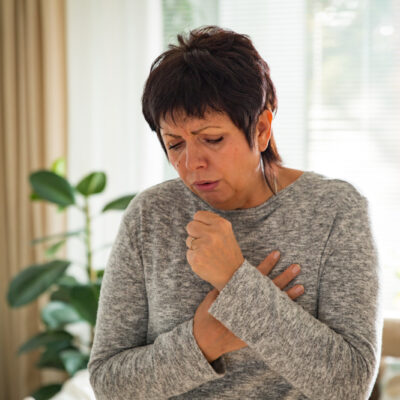
Health
Migraines and Aging: What Women Need to Know
Migraines can be a debilitating experience, especially as we age. For women over 55, migraines often come with unique challenges influenced by hormonal changes, lifestyle adjustments, and age-related factors. However, understanding the triggers and exploring practical solutions can make a significant difference in managing the condition. Here’s what you need to know about migraines after 55—and steps to take back control of your life. Why Migraines Become More Common After 55 Migraines are often linked to changes in estrogen levels, which can fluctuate dramatically during menopause and post menopause. These hormonal shifts may increase the frequency and severity of migraines for many women. Age-related factors such as increased stress, changes in sleep patterns, or even certain medications for other health conditions can also contribute. Additionally, some women may become more sensitive to common triggers, such as certain foods, dehydration, or even bright lights. Practical Steps to Manage Migraines While migraines can feel overwhelming, there are actionable steps you can take to minimize their impact and potentially prevent them: 1. Identify Your Triggers Keeping a migraine diary can help pinpoint what causes your migraines. Common triggers include: • Stress or anxiety • Certain foods like chocolate, red wine, or aged cheeses • Skipping meals or dehydration • Bright or flashing lights • Strong smells 2.
Read More 










